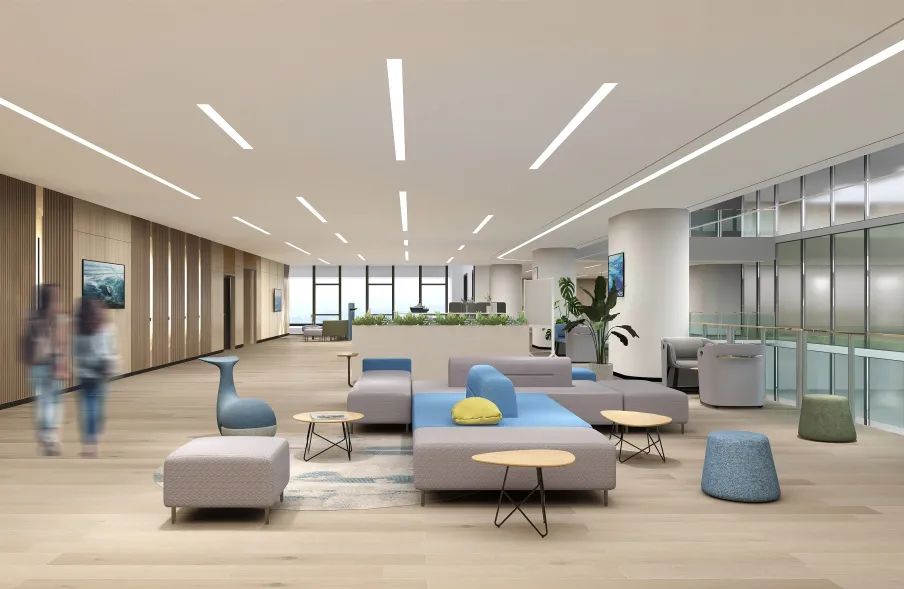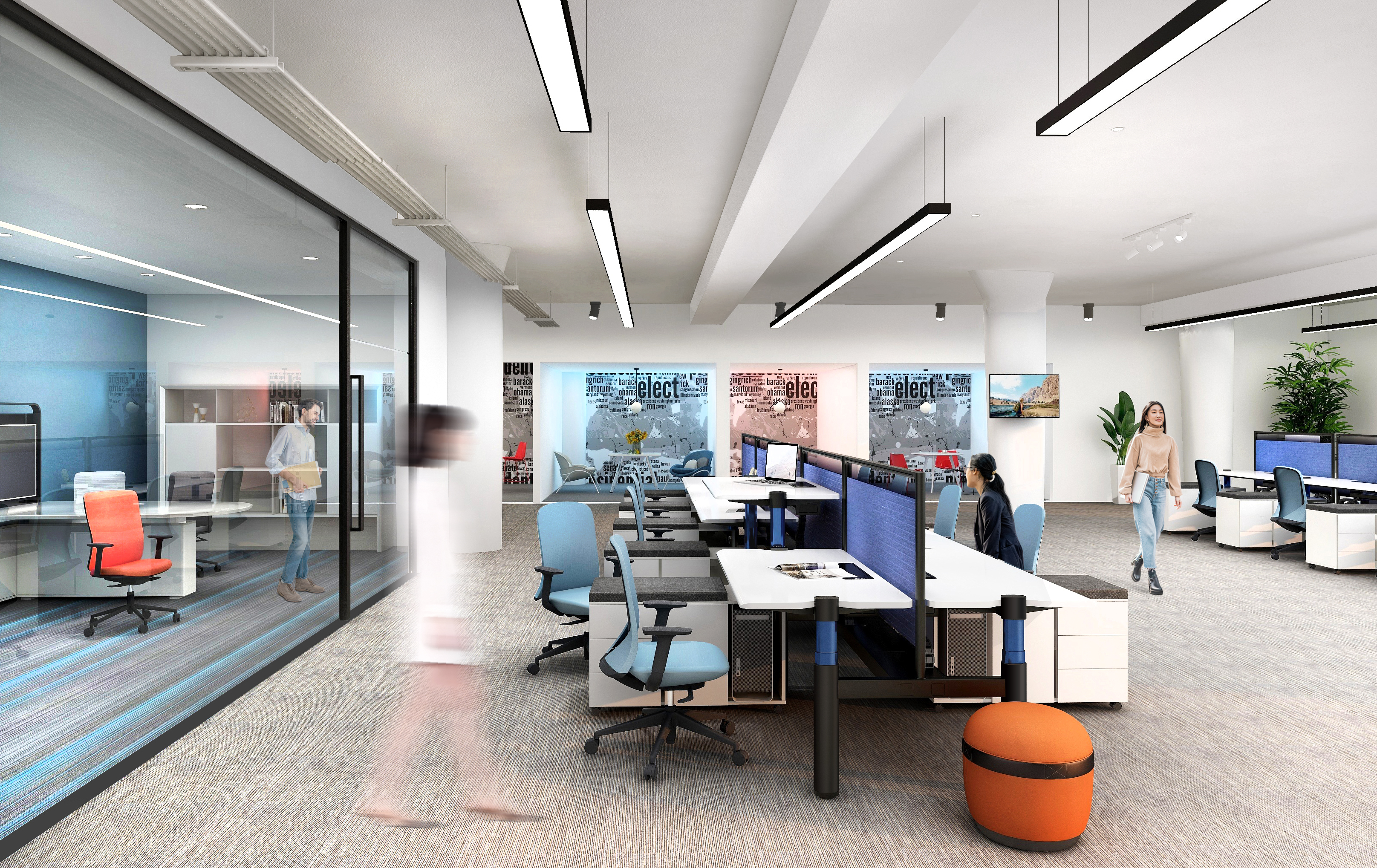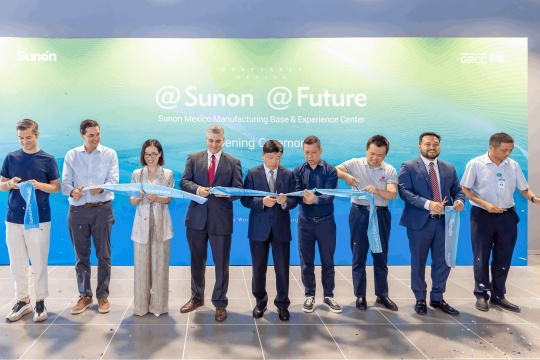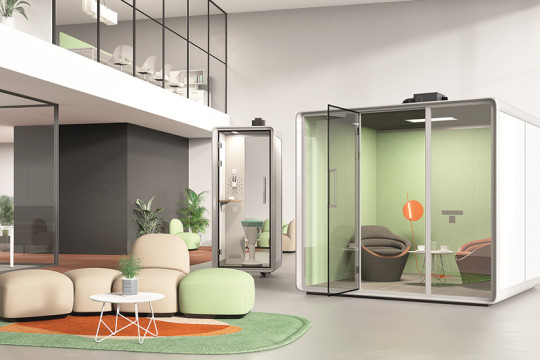Edward Chao: Putting People First is the Core of Sustainable Design
Since China's announcement of its "dual carbon" goals, the concept of low-carbon offices has gradually been put into practice and promoted among domestic and international enterprises. Reducing carbon emissions, innovating lifestyles and office practices, and embracing sustainable principles will also lead the way for future office space design trends.
Sunon Technology actively collaborates with numerous Chinese and global enterprises and industry practitioners to explore sustainable development. In the second installment of our design series, Sainto speaks with Edward Chao, Vice President of Interior Design and Architecture for AECOM in Mainland China, who shares forward-thinking insights into sustainable office design practices and experiences.

Q1: What's the difference between China and the rest of the world in the development of "sustainable design"?
Edward Chao: Sustainable design is evolving towards directions such as low-carbon, green, healthy, and human-centered. China initially emphasized green building and LEED standards, and in recent years, with the development of the pandemic, the WELL health standard has gradually gained widespread attention domestically. Design is increasingly focusing on human-centric, comfortable, and healthy directions.
Low-carbon has become a key aspect of international sustainable design, and applying Integrated Design Process (IDP) methods to achieve zero-carbon goals is currently a major area of exploration.
In recent years, with converging missions and visions, Sunon has interacted extensively with IWBI. In 2023, Sunon Technology announced its formal membership as a cornerstone member of IWBI, the developer and manager of the WELL Building Standard. The WELL Authorized License program aims to enable manufacturers to demonstrate the consistency of their products with the provisions of the WELL Building Standard, providing visual evidence of their contributions to health when creating indoor environments.
Q2: What are the different considerations of sustainable design between Chinese and foreign brands?
Edward Chao: Foreign brands mainly focus on enhancing cultural atmosphere and creativity through outstanding design experiences, creating outdoor spaces that attract talent, open and flexible office spaces, and interactive connections with surrounding communities. Additionally, under the trend of ESG and corporate strategic requirements, low-carbon or even zero-carbon office spaces will become increasingly demanded by leading enterprises.

Sunon's meticulously crafted green base—the Sunon Technological Innovation Park project—as an example. The 80,000㎡ experience center adopts a "green wall" landscaping technique, using abundant oxygen-rich plants to improve the microenvironment of the space. It incorporates roof gardens, vertical greening, and natural landscapes, harnessing the natural temperature and humidity regulation effects of plants to create a natural dust-free oxygen bar, making the entire building more energy-efficient and environmentally friendly. Over a hundred healthy office scenes perfectly interpret sustainable solutions for healthy office spaces, enjoying the "ecological air conditioning" brought by the breath of the forest.
Q3: How can we further promote the development of sustainable architecture in the office field based on local advantages?
Edward Chao: We have conducted in-depth research on internationally recognized sustainable building evaluation systems such as LEED, BREEAM, and WELL, drawing lessons from practices suitable for local projects within these systems and optimizing and improving them based on domestic conditions. We emphasize a "localized" design concept based on the basic situation of domestic office buildings.
In sustainable building design, by combining local climate, environment, culture, and other factors, we can design sustainable buildings that better meet local needs. For example, in northern China cities, attention can be focused on insulation, energy conservation, and zero emissions, while in southern China cities, emphasis can be placed on daylighting, ventilation, and hot and humid environments.
Q4: In the process of implementing sustainable design in China, which aspects have left you a deep impression?
Edward Chao: Currently, China pays considerable attention to sectors such as using environmentally friendly materials, monitoring indoor air quality, and the relationship between environment and lighting design, all of which focus more on users' health and comfort.
An aspect that has left a deep impression on me is the field of lighting design. Sustainable design not only applies LED lighting fixtures to meet basic requirements such as illuminance and uniformity but also emphasizes healthy and comfortable lighting design, such as constant illuminance and rhythmic color temperature adjustment. Good lighting design can surpass the need for artificial lighting by providing a comfortable, layered, and dynamic office environment and helping to improve spatial utilization efficiency and work efficiency.

Q5: What are the breakthroughs in future office space design?
Edward Chao: The global pandemic has accelerated innovation and exploration in various industries regarding future work, collaboration models, and office spaces. Workspace design not only needs to adapt to this changing trend, like ABW (activity-based workplace), but can also anticipate the emergence and iteration of dynamic and flexible spaces combined with intelligent indoor products.

The value creation led by future "sustainable design" will bring excellent opportunities to enterprises, ultimately leading us towards a healthier and better future.


